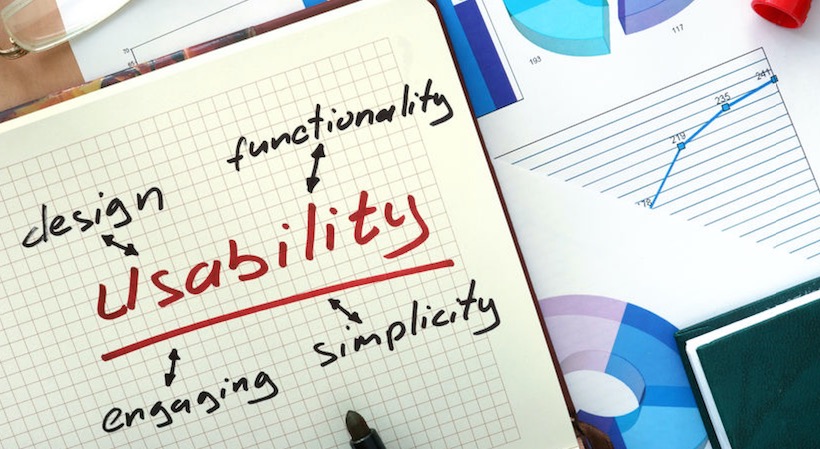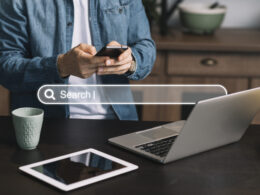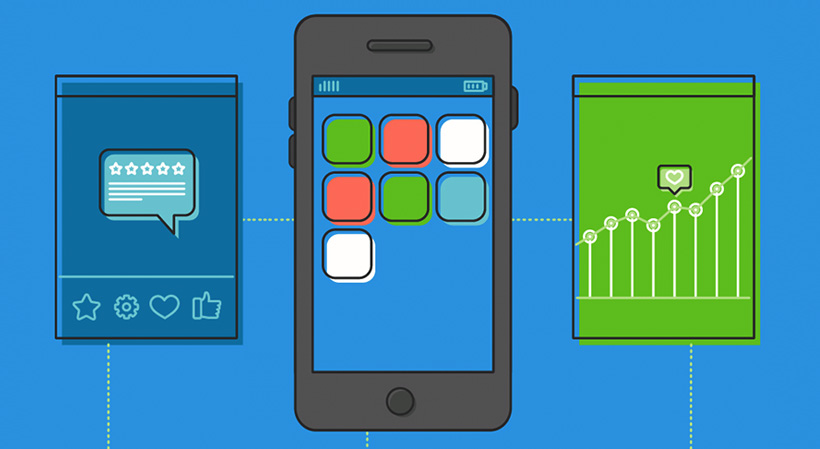Web accessibility is becoming an increasingly talked-about issue, and for good reason. The basic concept of web accessibility is that everyone should be able to access content on the internet — even if they have a disability.
The concept of web accessibility largely stems from the Americans with Disabilities Act (ADA), a key civil rights law that prohibits disability-related discrimination in public life. While the ADA has long had an influence on telecommunications, it is only in recent years that its role in online activities has stepped into the spotlight.
In reality, web accessibility has largely become an issue because many companies have failed to make their websites fully accessible to disabled individuals. More and more people have decided that this cannot go on any longer.
Special offer: Get the essentials to deliver great customer support, fast — for just $25 a month
Major brands such as Domino’s have recently come under fire for failing to address web accessibility appropriately. Small businesses have also taken many hits from the disabled community under claims of not having ADA compliant websites.
According to research conducted by web accessibility software, accessiBe, the number of ADA web accessibility lawsuits increased by an incredible 183 percent from 2017 to 2018, going from 814 cases to 2,285.
As a brand, you don’t want the lawsuits and negative public relations that could result from such incidents. But more importantly, you should try to ensure that all customers can access your web content.
Proactively addressing these accessibility issues will prove essential for your brand:
You aren’t using alt text properly
Alt text for images is typically discussed as a tip for improving SEO rankings by allowing you to add more keywords to your site content. While alt text can certainly provide an SEO boost, its primary purpose is to ensure that people can still get the context provided by the image, even if they can’t see the original photo themselves.
Alt text allows the image description to be read by a screen reader, an assistive device that will speak a page’s content out loud for someone who is blind or visually impaired. Simply stuffing your alt text with keywords won’t provide that context. Instead, alt text should include a short, yet detailed, description that accurately conveys the context of the image.
Similar accessibility measures should be considered for videos. Providing captions or a transcript will ensure screen reader functionality, as well as improved access for the hard of hearing.
Related: 5 Essentials of User Testing to Ensure a Successful Product
The site can’t be navigated using only a keyboard
For individuals with mobility or dexterity impairments, digital navigation can often only be performed with a keyboard. This is also true of those who are blind and depend on a screen reader. Despite this, many websites include elements that make their content inaccessible for those who don’t use a mouse.
In an analysis for Smashing Magazine, web developer, Chris Ashton, found a wide range of problems that hinder keyboard-only users, such as full-page banners informing users of a site’s cookies policy or inaccessible submenus.
Fixing these issues requires a lot of work on a site’s back-end HTML. All elements should allow for navigation using arrow or tab keys. Be watchful for any areas that are inaccessible or cannot be navigated properly using only a keyboard.
You use tables for the page layout
Though using tables for a website’s layout is no longer as common a practice as it once was, it continues to be a frequent web accessibility issue. Screen readers have trouble distinguishing between tables that are used for the site’s layout and the more common tables that are used for data display.
Using a table for the site layout or even a basic list can cause the screen reader to “speak” the content out of order, resulting in a confusing browsing experience.
Even data tables should be avoided when possible. When you do need to use a data table, use appropriate headers for each row and column, and provide captions that will allow visually impaired users to better understand the content.
You haven’t performed usability testing
While the aforementioned issues are among the most common roadblocks to web accessibility, they are far from the only ones. Even after you have implemented several accessibility features, you could still have issues that prevent certain users from fully enjoying your web content.
Just like user testing is essential in building a quality product, it can also go a long way in helping you identify any remaining usability issues. When implementing changes, it is a good idea to have several users with different disabilities attempt to perform basic tasks on your site. This will allow you to identify and correct accessibility issues before the site update goes live.
After you’ve updated your website, it is also a good idea to routinely perform a web accessibility audit. Third-party providers can audit your website to ensure that it conforms with the Web Content Accessibility Guidelines so that you can catch any issues that might result from future content updates.
Sign Up: Receive the StartupNation newsletter!
Accessibility for all
At the end of the day, web accessibility isn’t about avoiding potential lawsuits. It’s about creating an equal platform for everybody to use the internet, and your business, as they see fit.
It is estimated that 48.9 million Americans have a disability. While not all of these disabilities impede one’s ability to use the internet, this still represents a significant amount of the population. If you fail to address accessibility issues with your website, you are essentially cutting off millions of potential customers from accessing your content online.
Whether you hire an agency to design your site or you build it yourself, by making sure your website is accessible to users with disabilities, you will be taking the high ground by helping build a better, more inclusive digital future.






